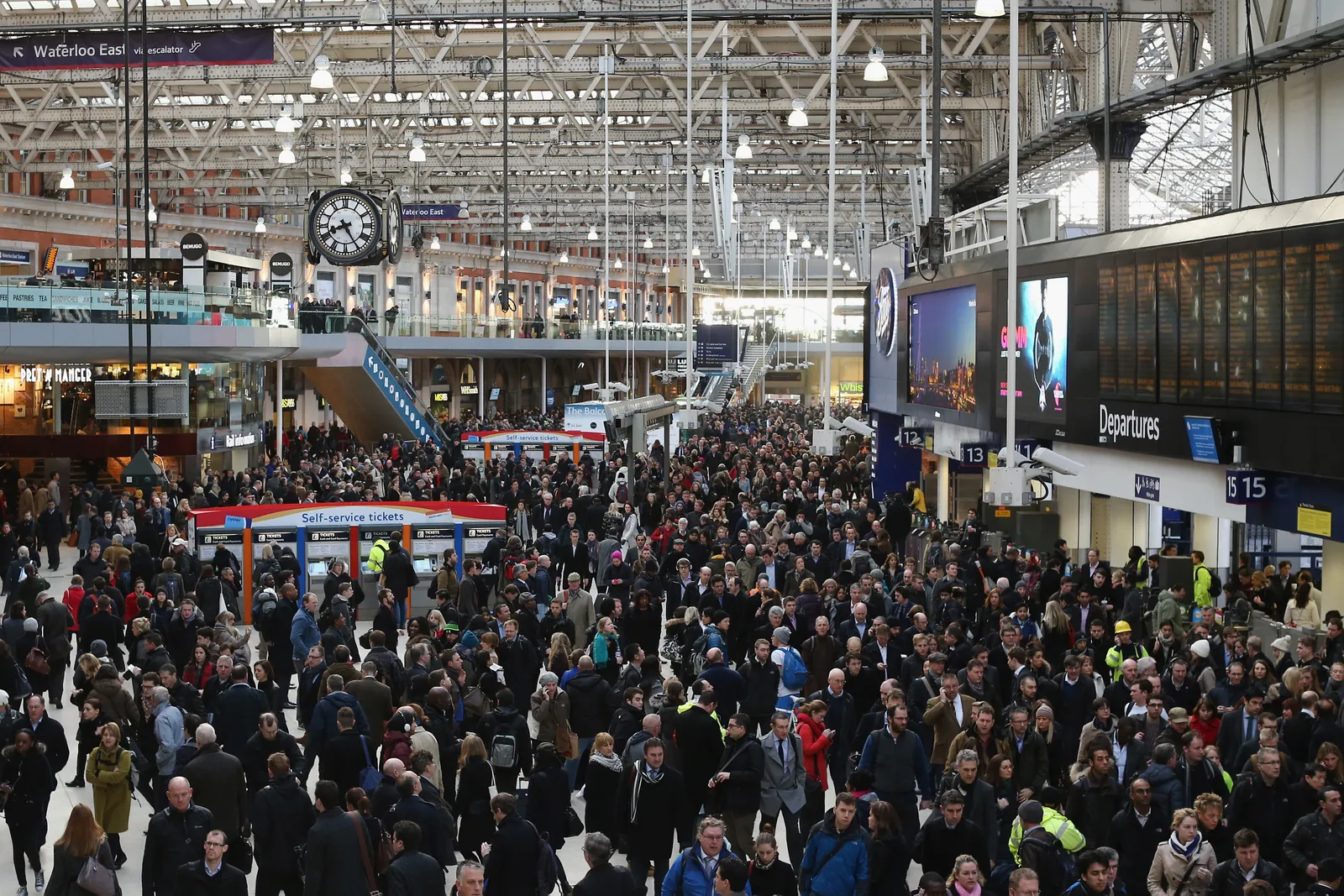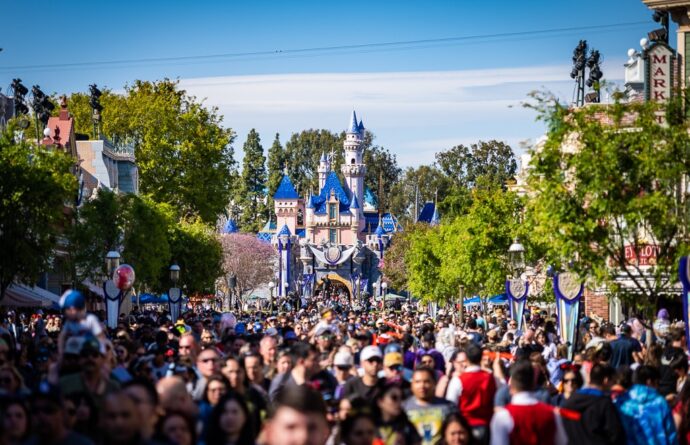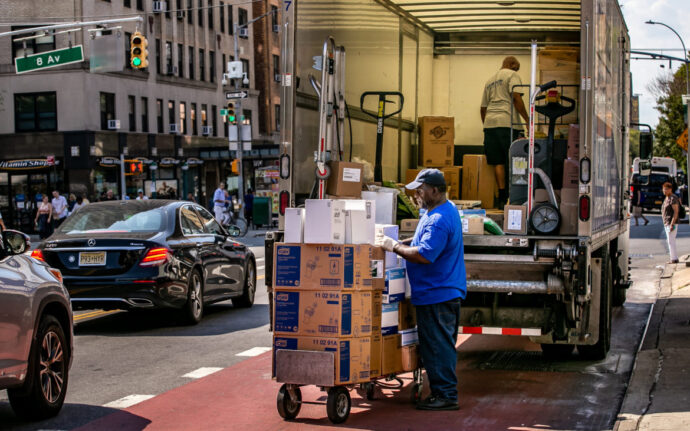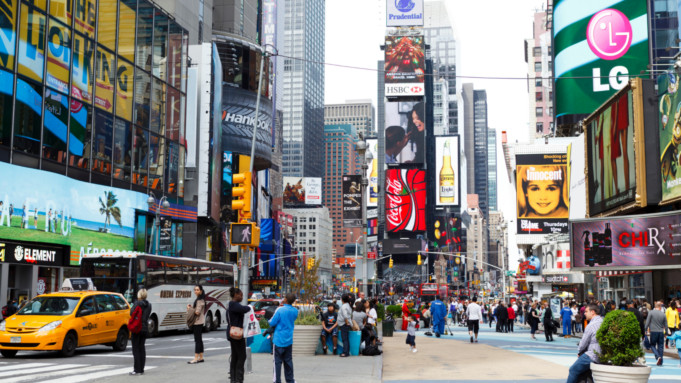Moving to a bustling, lively city is an exciting venture that promises new opportunities and adventures. However, the process can be nerve-wracking, particularly when you consider the unavoidable crowds and traffic of metropolitan living. In such an environment, every move counts, literally and metaphorically.
The good news? You can minimize stress by strategizing your big city move to avoid crowds and capitalize on less congested times and spaces. This article delves into various methods and tips for making your move as smooth as possible.
Plan Ahead

In a crowded city, procrastination is your enemy. Streets brim with cars, pedestrian sidewalks are bustling, and let’s not forget about those tightly packed subway cars during rush hour. A well-thought-out plan is crucial. Why not get some help from queens movers?
Research Routes
Before the moving day, study the city’s road network. Identify alternate routes and shortcuts that could save you time. Keep an eye out for one-way streets, limited parking zones, and high-traffic areas. Google Maps and local traffic apps are your friends in this endeavor.
Secure Permits
Some cities require a moving permit to reserve parking spaces for the moving truck. These permits might take a few days or even weeks to acquire, so make sure you apply well in advance.
Pre-move Visits
If possible, visit your new neighborhood multiple times at different periods of the day. This will help you gauge traffic patterns and pedestrian flow, which can inform your moving schedule.
Choose the Right Time

Timing is crucial when moving to a big city. The last thing you want is to be stuck in traffic with a truck full of your possessions, as the clock keeps ticking.
Weekdays vs. Weekends
Although weekends might seem like an ideal time to move, they can often be busier due to leisure activities and local events. A weekday move, preferably mid-week, could be less hectic.
Off-Peak Hours
Avoid moving during rush hours, which typically run from 7 a.m. to 9 a.m. and 4 p.m. to 6 p.m. Plan to move during off-peak hours when the streets are less busy.
Consider the Season
Summer is a popular moving season; hence it’s also the busiest. If possible, opt for late fall or winter when there is less competition for moving services and more freedom to navigate.
Efficient Packing

In big cities, space is a luxury. How you pack can drastically affect your moving experience.
Declutter
Take the opportunity to declutter. Donate, sell, or dispose of items that you no longer need. The fewer items you have, the easier and quicker the move.
Compact Packing
Use boxes that are easy to carry and fit through narrow hallways and doors. Utilize vacuum-sealed bags for clothing and linens to save space.
Label Everything
In the urban jungle, you don’t want to spend time searching for items when you arrive. Clear labeling ensures that you can set up swiftly, allowing you to navigate the move efficiently.
Hire the Right Movers
A reliable moving company can be a lifesaver. In the chaos that big cities often bring, professional help can go a long way.
Local Experience
Choose a moving company that has experience with city moves. They should be familiar with local regulations, parking issues, and how to handle tight spaces.
Early Booking
Highly-rated moving companies get booked quickly, especially during peak season. Secure your spot well in advance.
Insurance and Contracts
Ensure the moving company offers insurance to protect your belongings. Always read the contract carefully for any hidden fees or clauses.
Smart Loading and Unloading

Efficient loading and unloading can significantly reduce the time spent and can help you avoid the crowds.
Elevator Reservations
If you’re moving into a multi-story building, inquire about reserving the elevator. Most buildings have policies regarding moves and may allow you to book the elevator for a couple of hours.
Loading Zones
Some city apartments have designated loading zones. Use these to your advantage to reduce the time taken to move items from the truck to your new home.
Quick Unpacking
Focus on unloading essentials first. Items like a basic set of clothes, toiletries, and kitchenware should be readily accessible. Speed is of the essence in a busy city.
Post-move Essentials
Even after the truck pulls away, there’s still work to be done.
Immediate Notifications
Inform utility companies and postal services of your move as soon as possible to prevent any lapses in service.
Local Services
Identify essential local services such as grocery stores, pharmacies, and emergency services. Knowing these can come in handy as you settle in.
Socialize
Join community groups, both online and offline, to get tips and advice on navigating your new environment.
FAQs

What do I do if I can’t visit the new city before the move?
If you can’t visit your new city prior to moving, utilize technology to your advantage. Virtual tours are often available for apartments and neighborhoods. Also, join local community forums online to gather insights from residents. You can ask about traffic patterns, local rules, and other concerns you may have. Google Street View can also provide a decent sense of what your new neighborhood looks like.
How do I handle public transport interruptions during my move?
Public transport delays or interruptions are a common occurrence in big cities. Always have a Plan B, such as a rideshare app or a local cab number saved in your phone. Some moving companies also offer shuttle services between your old and new homes; inquire about this option when booking.
What about moving with pets in a busy city?
Moving with pets in a crowded city can be challenging. To minimize stress for your pet, consider hiring a pet relocation service that specializes in animal transport. Additionally, prep your new home with a quiet, safe space for your pet to acclimate while the hustle and bustle of the move continues.
How do I ensure the safety of my valuable items during a crowded city move?
To ensure the safety of valuable items, consider moving them separately from the rest of your belongings. You can use a secure, traceable shipping service for smaller items like jewelry or important documents. For larger items like artworks or antiques, specialized moving services are available that focus on the transport of valuable goods.
Can I negotiate prices with moving companies during peak moving times?
Prices during peak moving seasons are generally less negotiable due to high demand. However, some companies might offer discounts for weekday or off-peak hour moves. It’s always worth asking about any special deals, packages, or discounts that may be available.
How can I make friends quickly and blend into my new busy city environment?
To make friends quickly in a new city, consider joining local clubs, groups, or community organizations. Attend neighborhood events or farmers’ markets to meet locals. Nowadays, there are also numerous apps designed to connect people with similar interests in specific localities. Embracing the local culture and being open to new experiences will also make your transition smoother.
Conclusion
Moving to a big city is an experience filled with both excitement and challenges. Congestion, both vehicular and human, is a reality you cannot entirely escape. However, by planning meticulously, choosing the right time, packing efficiently, hiring experienced movers, and executing a smart loading and unloading strategy, you can drastically reduce the stresses that come with urban relocation.
Remember, a city’s pulse is its people and their movement. Becoming a part of that pulse doesn’t mean you have to get swept away in the rush. Beat the crowd, not just by joining it, but by smartly navigating through it. Happy moving!















